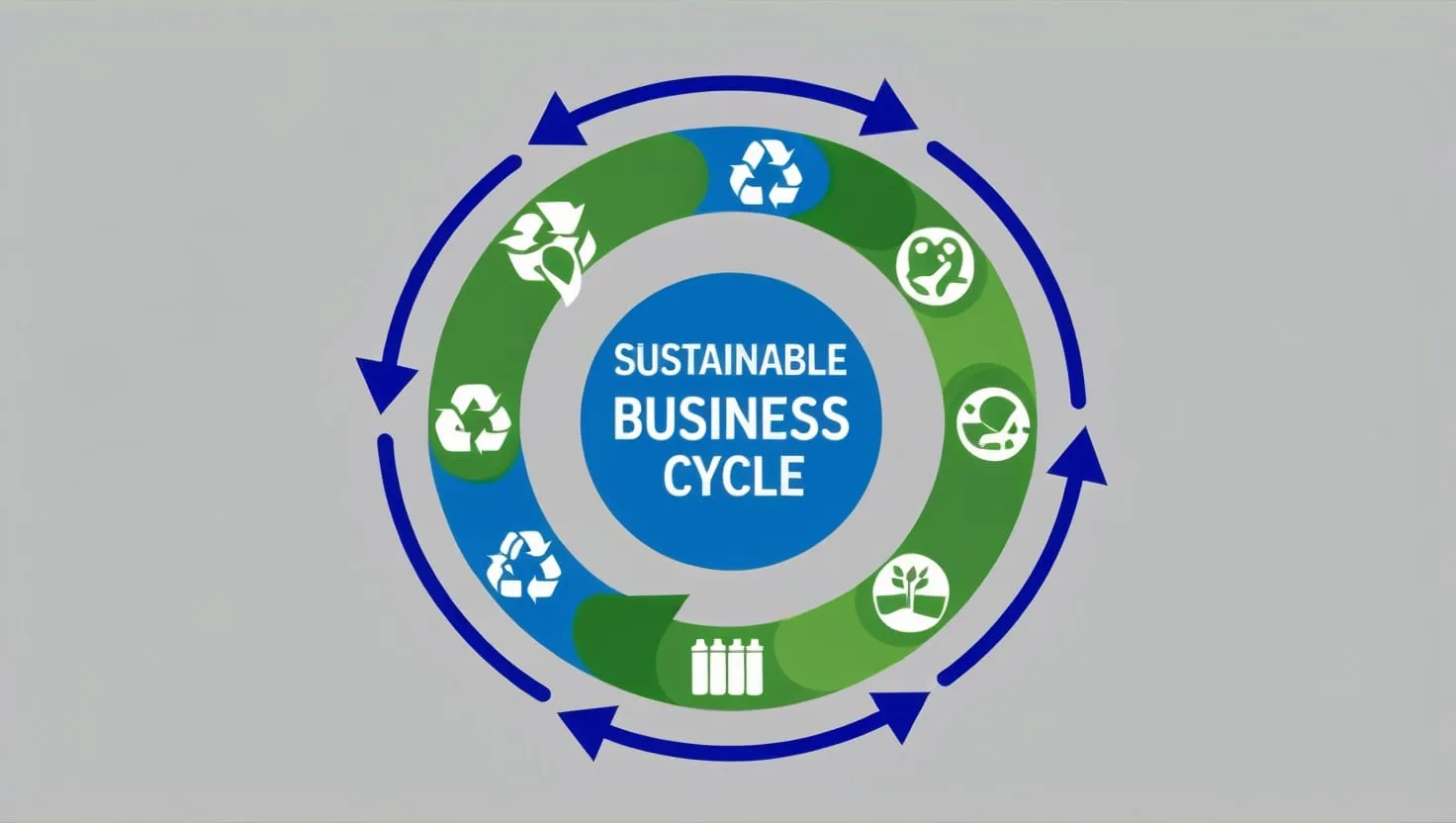When we think about personal finance, it often feels like a static set of rules and guidelines that we need to follow. However, what if we approached financial management as a dynamic dance through the various transitions of life? This metaphor, while unconventional, offers a fresh and engaging way to understand and navigate the complexities of financial planning.
Imagine your financial journey as a dance performance. Each step, each movement, and each rhythm is carefully choreographed to respond to the changing landscape of your life. Just as a dancer must adapt to the music, the stage, and their fellow performers, you must adjust your financial strategies to align with the different stages of your life.
Let’s start with the early stages of life, where financial planning often begins with setting goals and creating a budget. This is akin to learning the basic steps of a dance – you need to understand the fundamentals before you can move on to more complex movements. As you progress, your financial goals evolve; you might be saving for a first home, planning for a family, or investing in your career. Each of these milestones requires a different financial rhythm, just as different dances require different steps and tempos.
One of the key elements of this financial dance is flexibility. Life is full of unexpected twists and turns, much like the improvisational moments in a dance performance. You might encounter financial setbacks, such as job loss or unexpected expenses, which require you to adjust your steps quickly. Here, the ability to improvise and adapt becomes crucial. It’s about being able to pivot when necessary, just as a dancer might change their routine mid-performance to respond to the audience or the music.
Another important aspect is the concept of “vertical” planning, a term that can be borrowed from the avant-garde filmmaker Maya Deren’s idea of “vertical film form.” In traditional narrative films, the story unfolds horizontally, following a linear timeline. However, in vertical films, the focus is on the quality of moments, images, and movements outside of this linear structure. Similarly, in financial planning, you need to focus not just on the long-term goals but also on the quality of your financial moments – how you manage your daily expenses, how you save, and how you invest. This vertical approach ensures that your financial strategy is holistic and responsive to the present as well as the future.
Cultural and generational factors also play a significant role in this financial dance. Different cultures and generations have unique financial values and practices that influence how they approach life transitions. For instance, some cultures may place a strong emphasis on saving for the future, while others may prioritize spending on experiences. Understanding these cultural nuances can help you tailor your financial strategy to what works best for you and your community.
Moreover, societal changes are continually altering traditional financial milestones. For example, the concept of retirement is evolving, with many people choosing to work well into their 60s and 70s. This shift requires a different financial rhythm, one that accounts for extended working years and potentially different sources of income. By staying attuned to these societal changes, you can ensure your financial plan remains relevant and effective.
Leadership and productivity also intersect with this financial dance. Effective financial management requires strong leadership skills – the ability to make tough decisions, set clear goals, and stay disciplined. It’s about leading your financial life with clarity and purpose. Productivity tools and strategies can also be invaluable in managing your finances efficiently. For example, using budgeting apps or setting up automatic savings plans can streamline your financial tasks and free up time for more strategic planning.
Time management is another critical component. Just as a dancer must manage their time to perfect their routine, you need to manage your time to stay on top of your finances. This includes regular check-ins with your budget, reviewing your investments, and planning for upcoming expenses. By prioritizing these tasks, you can ensure that your financial dance remains in harmony with your overall life goals.
In addition, the concept of “depersonalization” from Maya Deren’s work can be applied here. In her films, actors become figures across whom movement transfers as an “event.” Similarly, in financial planning, you can depersonalize your financial decisions by focusing on the broader choreography of your life rather than individual transactions. This means seeing your financial actions as part of a larger strategy, rather than isolated events.
The dance metaphor also highlights the importance of rhythm in financial planning. Just as a good dance performance has a clear rhythm that guides the audience through the performance, a well-planned financial strategy has a rhythm that guides you through different life stages. This rhythm is not just about the timing of your financial moves but also about the harmony between your financial actions and your life goals.
Finally, the idea of “gestural stylization” – the manipulation of gestural action through stylization – can be applied to how you present and manage your finances. This involves stylizing your financial actions in a way that aligns with your personal style and values. For instance, if you value simplicity, you might opt for a straightforward investment strategy. If you value innovation, you might explore more complex financial instruments.
In conclusion, framing personal finance as a dance through life’s transitions offers a unique and engaging approach to financial management. It emphasizes the need for flexibility, continuous learning, and a holistic view of your financial journey. By understanding and adapting to the different rhythms and movements of your financial life, you can create a financial strategy that is both practical and philosophically sound. This approach makes the often daunting subject of finance more approachable and relatable, turning it into a lifelong journey of growth and adaptation.






